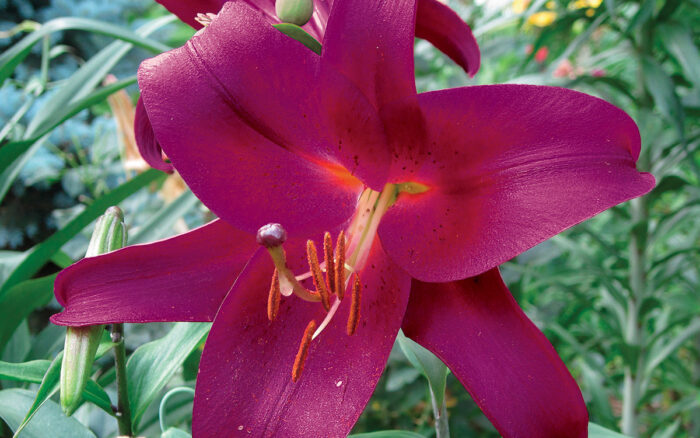
1. Rhizoma Corydalis
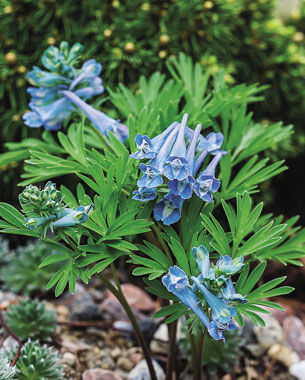
Name: Corydalis turtschaninovii
Usda Hardiness Zones: 5 to 9
Size: 6 to 8 inches tall and wide
Conditions: Partial to full shade; moist, well-drained soil
I have become very fond of the many corydalis cultivars that herald early spring with beautiful glaucous, ferny foliage and long-spurred, tubular flowers in a range of colors. At first glance, you would think these plants are too delicate for northern gardens, but they are amazingly durable in a Zone 5 Midwest (or warmer) garden. Unfortunately, many of the blue flowering species that graced the front covers of catalogs a few years ago don’t survive our winters. Next year, I’m going to try a hardier species with blue flowers, rhizoma corydalis, based on the recommendation of plant expert Joseph Tychonievich, who has been growing it successfully in his Michigan garden for a number of years. Unlike the more common yellow corydalis (Corydalis lutea, Zones 5–7), this species is ephemeral, so don’t despair if the foliage disappears in late spring. If you don’t disturb the area where they are planted, they will joyously return next season.
2. ‘Musassi’ Lily

Name: Lilium ‘Musassi’
Zones: 5 to 9
Size: 4 to 5 feet tall and 2 to 3 feet wide
Conditions: Full sun; rich, moist soil
It’s fair to say that I’m passionate about lilies and add to my collection annually. However, plant breeders seem lately to be more focused on flower count and size to the detriment of stem strength, and many newer lilies sag or even flop in my rich garden soils. Orienpet hybrid lilies like ‘Musassi’, though, boast enormous flowers on thick, sturdy stalks while also sporting a nice fragrance. The blooms of this variety are red, almost black. I’m going to make sure to plant them near any of my garden seating areas and by my windows so that in summer, I don’t miss their heady fragrance when they peak.
3. ‘Angel Wing’ Solomon’s Seal
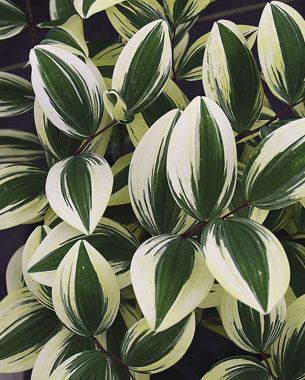
Name: Polygonatum odoratum ‘Angel Wing’
Zones: 3 to 8
Size: 18 inches tall and wide
Conditions: Full sun to partial shade; well-drained soil
Few plants are more durable in both sun and shade than Solomon’s seal. I’ve been delighted that the selection of cultivars has been expanding to include options with both gold and even whiter variegation than the time-tested ‘Variegatum’ (P. odoratum ‘Variegatum’, Zones 3–8). I love white in my shade garden because it shows up under dim lighting, so cultivars with more amounts of white, like ‘Angel Wing’, appeal to me. Each cream-colored edge of this new variety is extrawide, making it an instant focal point.
4. ‘Tiny Tortuga’ Turtlehead
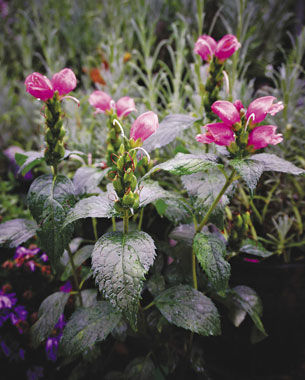
Name: Chelone obliqua ‘Tiny Tortuga’
Zones: 3 to 8
Size: 14 to 16 inches tall and wide
Conditions: Full sun to partial shade; moist, well-drained soil
Yes, turtlehead can be a bit of a thug in sunny conditions with wet feet, but that also makes it a tough, durable plant. And it is better behaved in drier garden soils. In spite of a fairly long bloom period, the commonly used large pink turtlehead (Chelone lyonii, Zones 3–8) is difficult to use in small garden spaces, so the more dwarf ‘Hot Lips’ (C. lyonii ‘Hot Lips’, Zones 3–8) became a good alternative for gardeners with less space. ‘Tiny Tortuga’ boasts two added attributes I must try. Its greatly reduced size is even more compact than ‘Hot Lips’, and its deep bronze foliage should make the hot pink flower clusters stand out even more dramatically.
Edward Lyon is the director of the Reiman Gardens in Ames, Iowa.


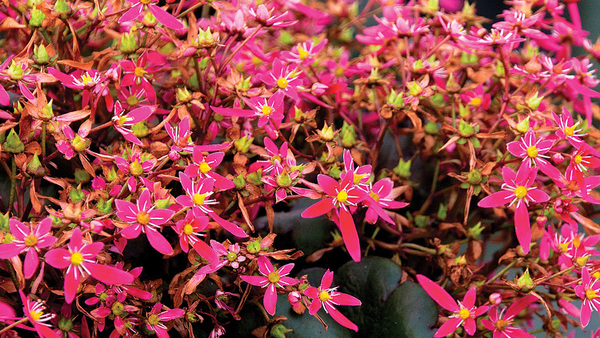

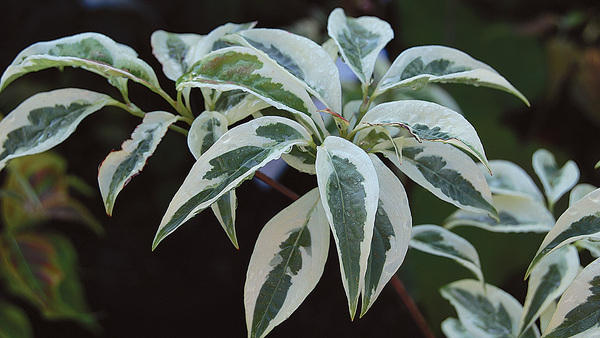













Comments
Log in or create an account to post a comment.
Sign up Log in